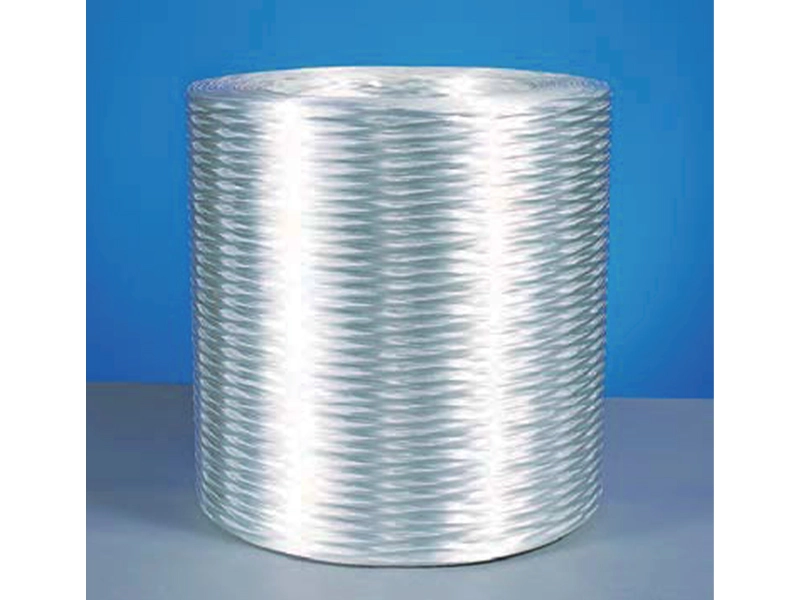
Ready to experience high-quality products at a price that works for you? Contact us for a quote today!
312T Direct Roving coated with a silane-based sizing is compatible with unsaturated polyester, vinyl ester, polyurethane and epoxy resins.
Composites prepared with 312T have excellent tensile, flexural and shear properties.
312Tis suitable for pultrusion process to manufacture pultruded profiles with highperformance.
Product Features
- Multi-resin compatibility
- Fast and full wet-out
- Excellent mechanical properties of parts
- Suitable for a variety of pultrusion processes
Specification
| Glasstype | E | |||||
| Sizingtype | Silane | |||||
| Typical filament diameter (um) | 17 | 21 | 23 | 24 | 31 | 32 |
| Typical linear density (tex) | 1200 2400 | 2000 | 4400 | 4800 | 9600 | 17600 |
| Example | EDR17-2400-312T | |||||
Technical Parameters
| Item | Linear density variation | Moisture content | Sizing content | Breakage strength |
| Unit | % | % | % | N/tex |
| Test menthod | ISO1889 | ISO3344 | ISO1887 | ISO 3341 |
| Standard range | ±4 | ≤0.07 | 0.58 ± 0.10 0.70 ± 0.15 (17600 tex) | ≥ 0.40 ( ≤ 4400 tex) ≥ 0.30 (4401~9600 tex) ≥ 0.25 ( >9600 tex) |
Mechanical Properties
| Mechanical properties | Unit | Value | Resir | Test menthod |
| Tensile strengtt | MPa | 2140 | Polyester | ASTM D2343 |
| Tensile modulus | GPa | 78.80 | Polyester | ASTM D2343 |
Instructions
- The product is best used within 12 months after production, and should be kept in the original package before use.
- Care should be taken when using the product to prevent it from being scratched or damaged.
- The temperature and humidity of the product should be balanced with the ambient temperature and humidity before use, and theambient temperature and humidity should be properly controlled during the use.
- When using the product, please control the tension properly and ensure the tension uniformity.
Packaging
For detailed package size information, please download the product manual to view!
Storage
Unless otherwise specified, the fiberglass products should be stored in a dry,cool and moisture-proof area.The best temperature and humidity should be maintained at -10℃~35℃ and ≤80% respectively. To ensure safety and avoid damage to the product, the pallets should be stacked not more than three layers high. When the pallets are stacked in two or three layers, special care should be taken to correctly and smoothly move the upper pallet.